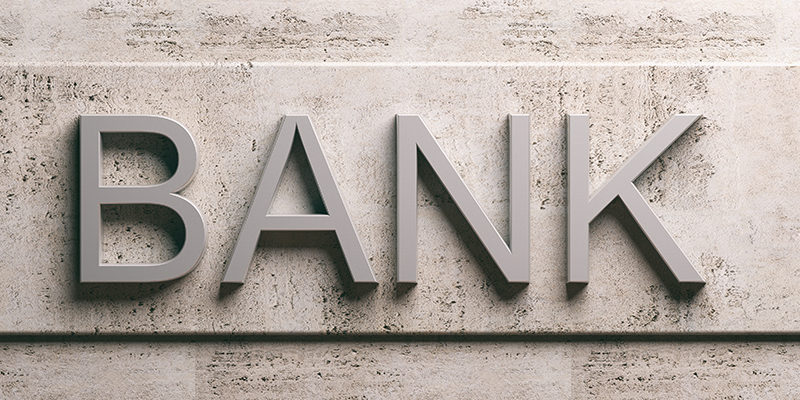Let us take an example, one of your friends borrowed a sum of Rs.10000/-from you, but he was unable to repay because of his unusual financial difficulties. You have realized the situation of your friend that the repayment of loan is beyond his control; so you forgave the loan amount given to him and informed him that you have absolved him from the debt. Here you have voluntarily cancelled the loan amount receivable from your friend. This is called waiver of loan. Let us take example of another friend who have borrowed (say a sum of Rs.10000/-) from you but he was not repaying the money borrowed from you. After all avenues of your recovery efforts are exhausted, you felt that there is no meaning in pursuing him further for repayment because the chances of recovery are remote. You gave up your recovery efforts. In the other words you have written-off the money receivable from that friend. Though technically, you have lost the money in both the above cases, Loan written-off is not the same as loan waiver. You can understand this by taking examples of bank loans.
In India, the major corrective action on bad loan of banks is provisioning for NPA. When all avenues of recovery are exhausted and chances of recovery seem bleak, a bank would use the provisions made on bad loans over the years or a part of bank’s profit, to remove such bad loans from the assets side of its balance sheet. This process of corrective action of banks to clean up their balance sheet is known as ‘written-off’. Here, we have to remember that the loan written-off does not mean that the borrower is pardoned or got exempted from payment of his dues. If a bank is still be able to recover money from written off accounts at a future date same will be directly credited back into profit account of the bank.
Loan waiver is quite different from writing off a loan as it is the cancellation of recovery or permanently refraining from claiming the dues. In this case, banks will completely give up on such loans and no recovery will be made. Whenever ‘Loan waiver’ relief schemes are declared by the Governments, usually to the farmers who are in severe distress due to abnormal conditions such as crop failures, poor monsoon, floods, earthquake, draught etc. that are considered as natural calamities, wherein borrowers are unable to pay back to the banks. However, banks are not put to bear the losses due to loan waiver. The local Governments which announced the loan waiver scheme would fully or partially compensate the loan amount waived by the banks to enable them to liquidate the outstanding entries of loans from their books.
Related Post






